
Frequently Asked Questions
How can I contact Parents Alliance for Inclusion?
There are forms on many of the web pages. There is a Contact Us page. Email us at facilitators@parentsallianceforinclusion.com
Why did I need to fill out a survey to access the website?
Community surveys typically have a 20% or lower response rate. Surveying Parents Alliance for Inclusion website membership when joining is a more reliable, higher participation, method to collect data on who our members are as a community. We cannot advocate for a community without knowing and being able to articulate who we are.
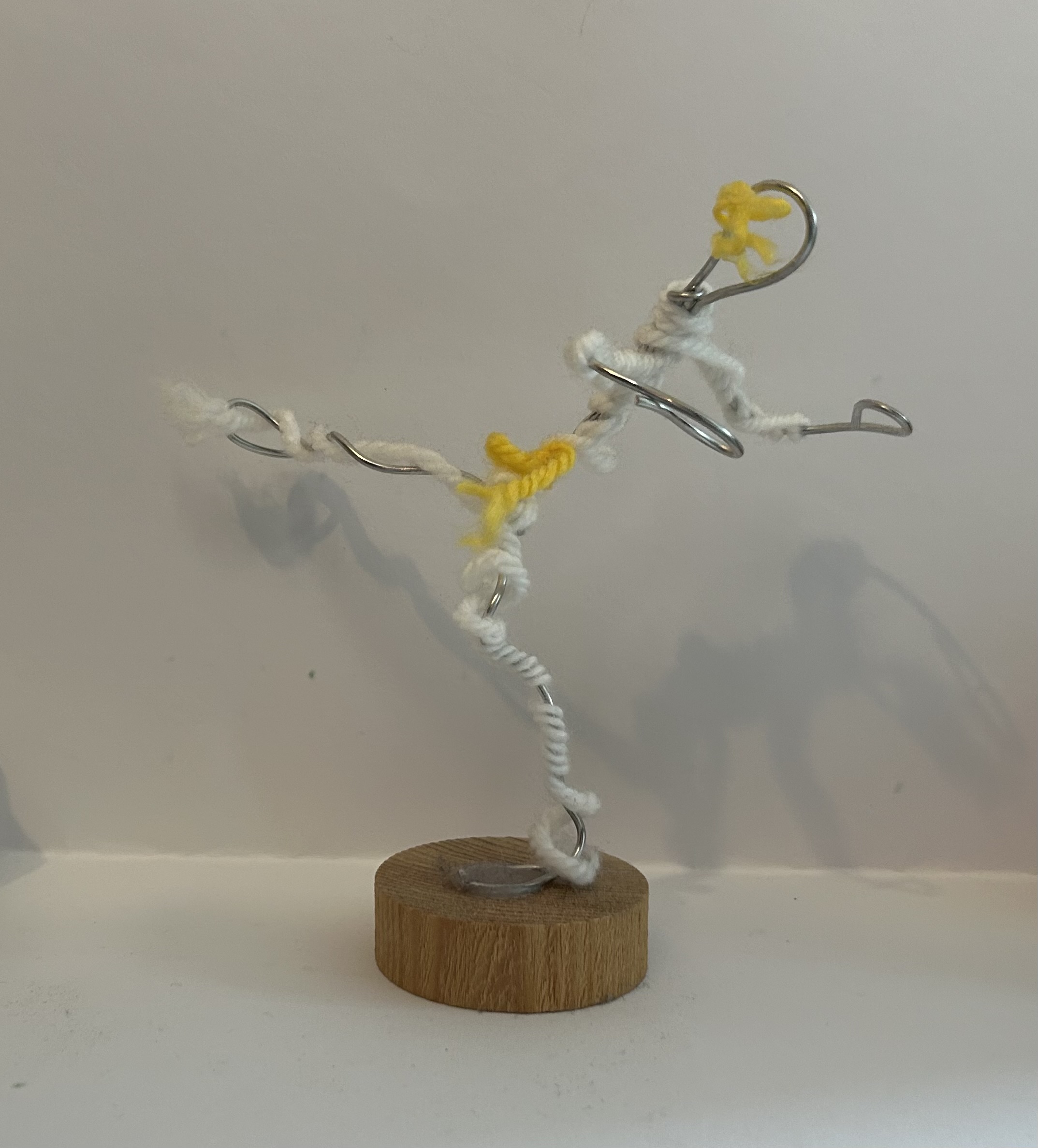
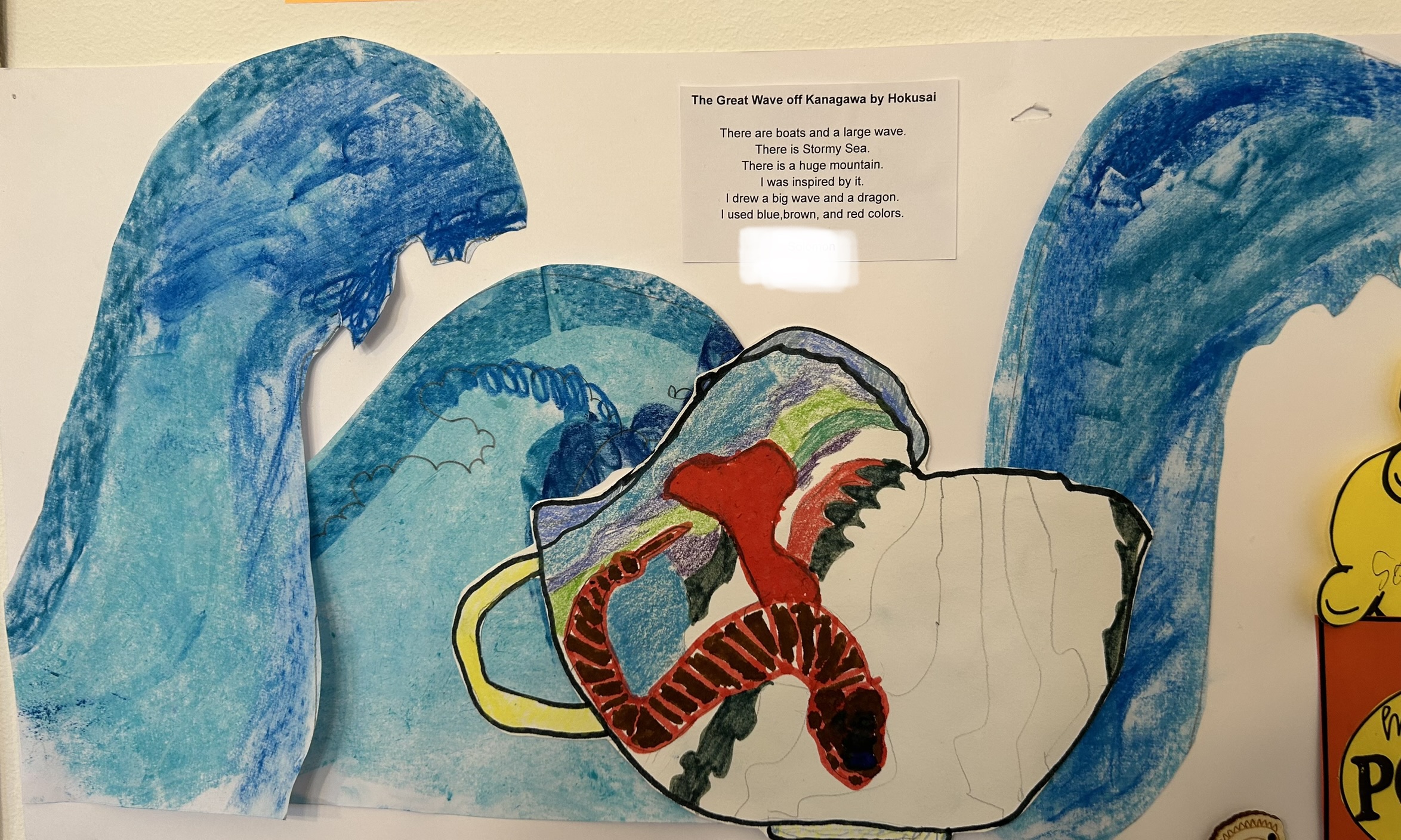
Why are educational professionals included in Parents Alliance for Inclusion?
Several reasons.
Parents Alliance for Inclusion seeks to advocate for better reliable student support services at education institutions for neurodivergent and disabled students, and we can do that more effectively with the support and collaboration of educators that share values with Parents Alliance for Inclusion mission and vision. We need a broad-based community for our advocacy project.
For parents-only safe space support groups, we provide access to those in our resource directory under “Support Groups (Parents)”.
Education professionals also are parents of neurodivergent and disabled students.
Education professionals are also advocates of better student support services for neurodivergent and disabled students.
To advocate for better services from education institutions, information from educators themselves supports our advocacy capacity.
Who is running Parents Alliance for Inclusion?
One answer: All of us. Contributions and input on the website are encouraged. The website and organization is community-based and relies upon contributions from everyone.
Another answer: Our Board of Directors.
A different answer: The site will be managed by facilitators and will need a team approach.
One more answer: The site was built and created by Jon Springer with a lot of help from a lot of amazing people. Jon considers himself a co-founder alongside the Board of Directors and each registered member of the website. Parents Alliance for Inclusion will not achieve its goals without a “we” community mentality and Jon’s goal is to create sustainable systems of managing Parents Alliance of Inclusion that it will continue to be a resource for parents long after he’s moved on to other projects.
Is all the information in the resource directory reliable?
No. Parents Alliance for Inclusion will do our best but we cannot know everything. For information to be in the resource directory of Parents Alliance for Inclusion, it needs to be submitted/suggested by one person and then approved/added to the website by one person. We do our best for Parents Alliance for Inclusion website information to be up to date, useful, and accurate; however: it is the onus and responsibility of all website users to check all information aggregated on this website and do their own due diligence.
Why does the website refer to neurodivergent and disabled children instead of other identifying terms?
The terms neurodivergent and disabled are used to discuss students that are variously served at schools in the departments of special education needs (SEN), learning support services, students support services, exceptional learners services, and related names. These students may also be referred to as students with additional needs, students with learning differences, and other names that connote their difference from neurotypical and typically abled students.
Neurodiverse is a term originally coined by Judy Singer (Singer 1998; Singer 1999). Neurodiversity has evolved over time beyond her original intent to encompass human brain differentiation significantly outside average — neurotypical — expectations of brain development. As such, it includes a lot of people. “Neurodiverse” as a term has in various places been used to include autism, giftedness, ADHD / VAST (Hallowell & Ratey 2021), dyslexia, dyspraxia, dyscalculia, Tourette’s, specific learning disorders, anxiety, depression, sensory integration disorder, oppositional defiant disorder, obsessive-compulsive disorder, auditory processing disorder, developmental delays, Down syndrome, intellectual disability, fetal alcohol spectrum disorder, epilepsy, synesthesia, pathological demand avoidance, et cetera.
On Neurodiverse/Neurodiversity vs. Neurodivergent/Neurodivergence, Parents Alliance for Inclusion is using current language trends described by Dr. Nick Walker: “Neurodiversity is the diversity of human minds, the infinite variation in neurocognitive functioning within our species… Neurodiversity is not a trait that any individual possesses or can possess”. There are many voices who use the term “neurodiverse” to refer specifically to people with neurodivergent neurocognitive differences. It is important to be aware that these terms – neurodiverse, neurodiversity, neurodivergent – have been used interchangeably although the current trend is toward the paradigm Dr. Walker describes: “When an individual or group of individuals diverges from the dominant societal standards of ‘normal’ neurocognitive functioning, they don’t ‘have neurodiversity,’ they’re neurodivergent… Neurodivergent, sometimes abbreviated as ND, means having a mind that functions in ways which diverge significantly from the dominant societal standards of ‘normal.’” (Walker, 2023, https://neuroqueer.com/neurodiversity-terms-and-definitions/.
Disabled. All neurodivergent people are technically disabled with “invisible disabilities”. “Disabled” as used on our site refers to all things that impact physical capacity in such a way as to be significantly outside average (hearing impairment, vision impairment, physical differences, Cerebral Palsy, Cystic Fibrosis, Multiple Sclerosis, Muscular Dystrophy, et cetera).
“According to the historian Sara Rose, the entire concept of ‘disability’ emerged as various impairments, ideas about human productivity, and an increasingly industrialized labor market intersected (Rose, No Right to Be Idle). To put this more simply, a blind person, an amputee, and a traumatized veteran do not necessarily have anything in common with one another. But such people, with an array of impairments, began to coalesce into an identity as government and industries evaluated such people’s capacities or incapacities to work. This process began at the end of the nineteenth century…” (Gissen 2022, The Architecture of Disability, p. 117)
Parents Alliance for Inclusion makes this differentiation between neurodivergent and disabled as a reflection of how language is culturally received and considered currently, not for what Parents Alliance for Inclusion believes as correct. There is a broad spectrum of cognitive and physical human differences that neither one word nor two can adequately contain.
Using these definitions of neurodivergent and disabled, there is a perception that neurodivergent students need inclusive education delivery that meets their needs. Alternatively, there is a perception that disabled people need accessible education structures — buildings — that meet their needs.
We should strive for buildings and classrooms that are inclusive and accessible to all.
(This section of the FAQ is an adaptation from text drafted for “International Schools Must Include Neurodivergent and Disabled Students for Global Citizenship Goals”, a chapter by Jon Springer in Critical Issues and Global Trends in International Education (A Handbook of Research) by Barker, Hansen, & Hammer (editors) due out in December 2023. The plan is the chapter should be Open Access (accessible to anyone with a website link for free) by January 2024.)
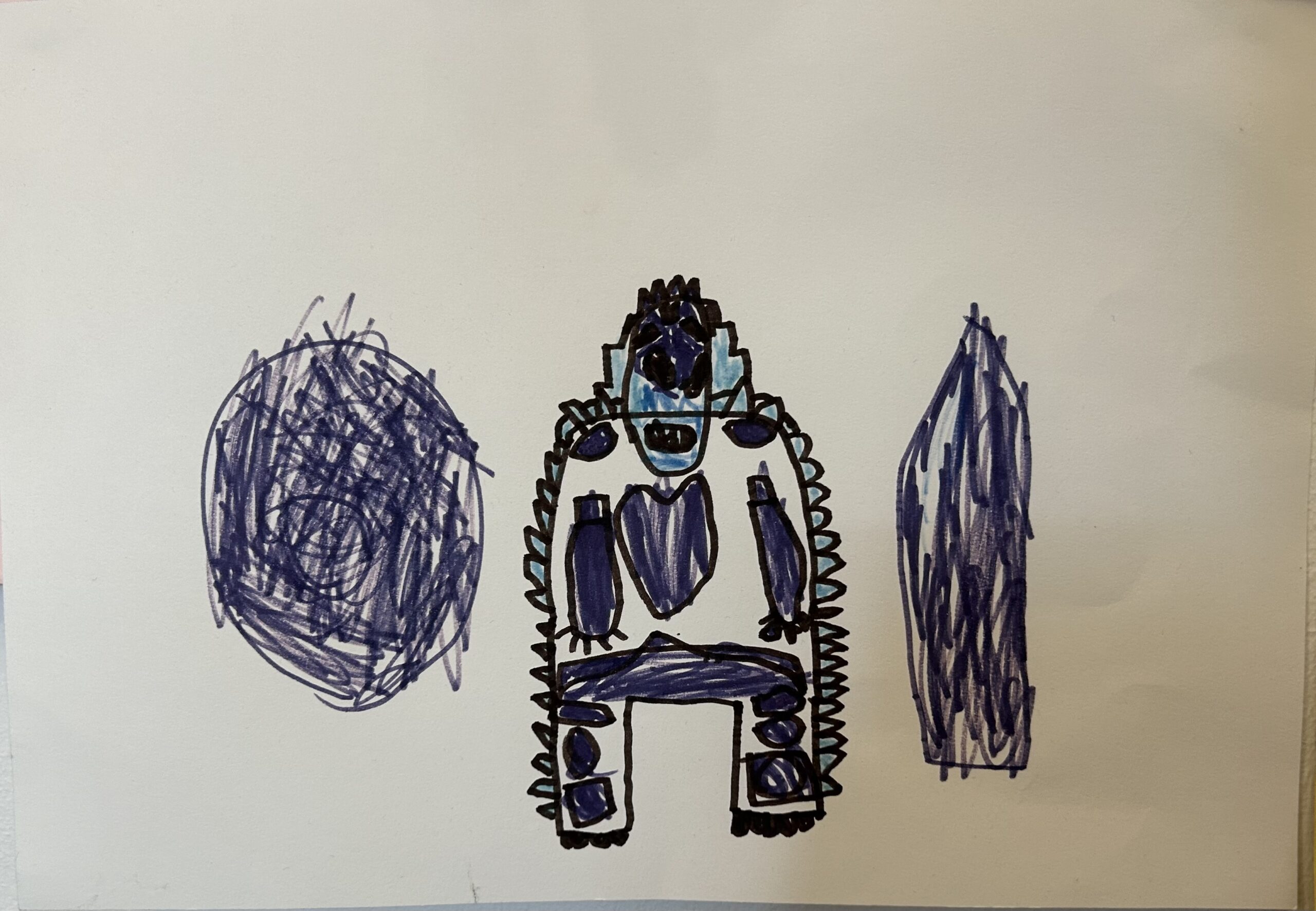
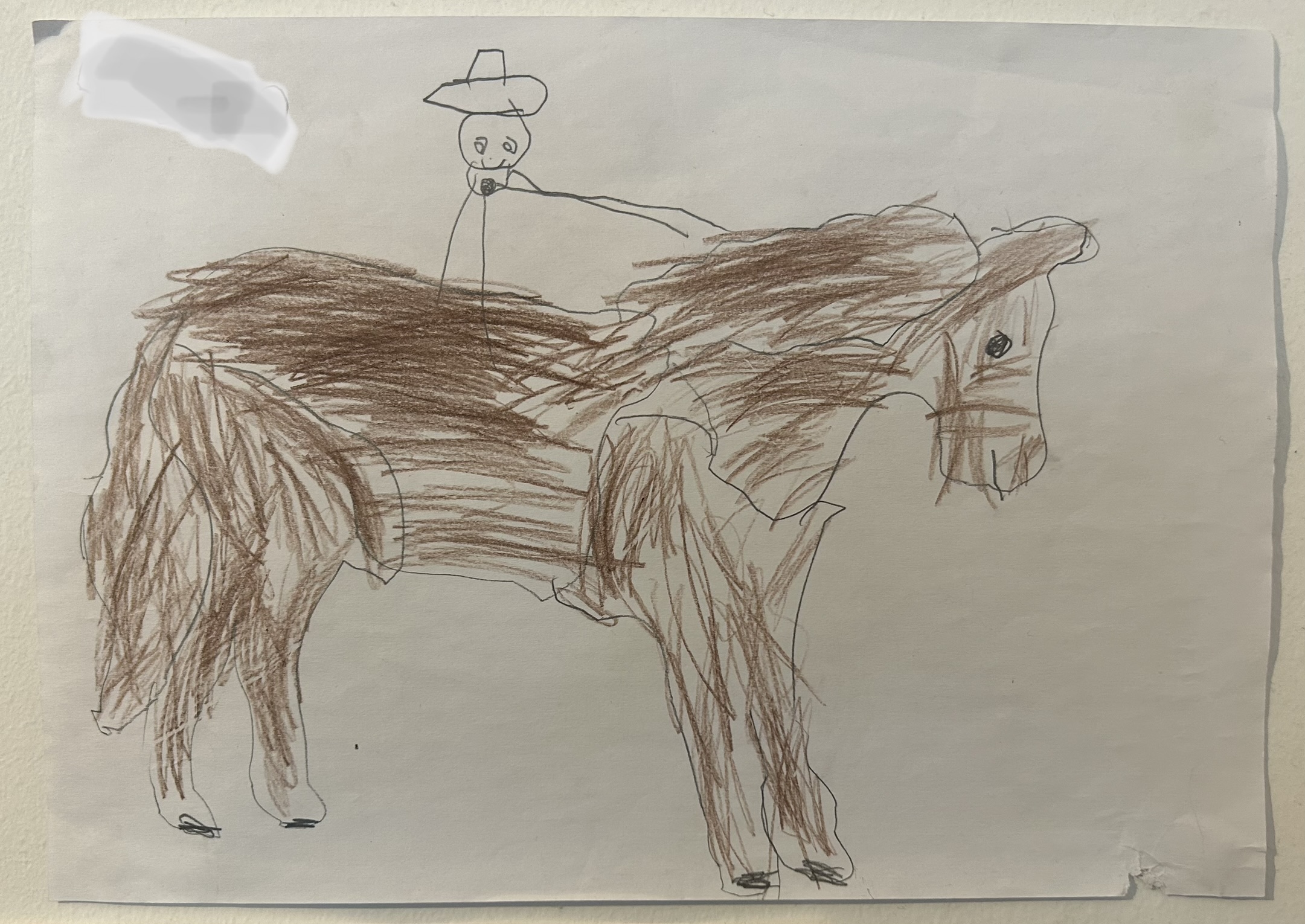
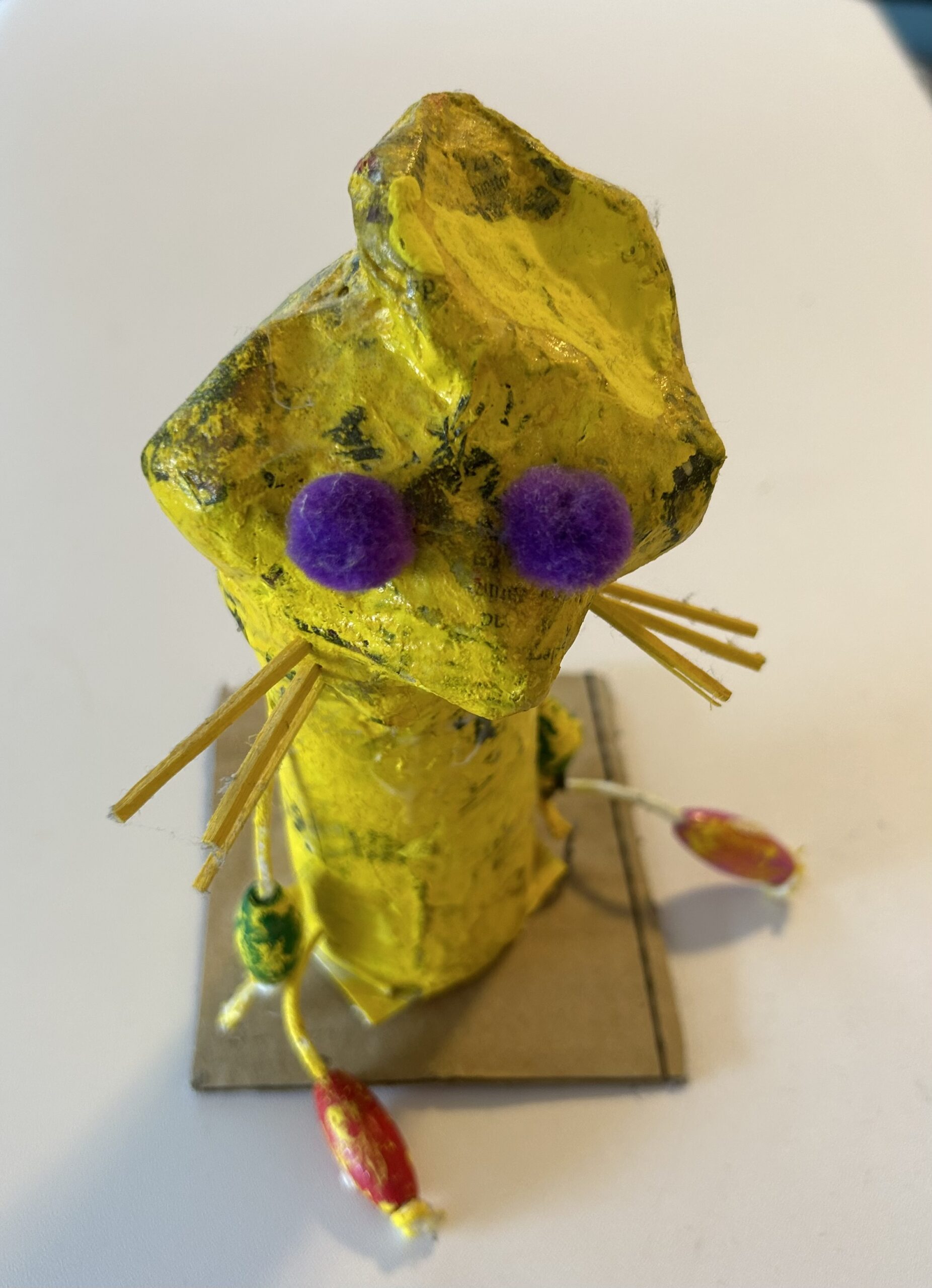
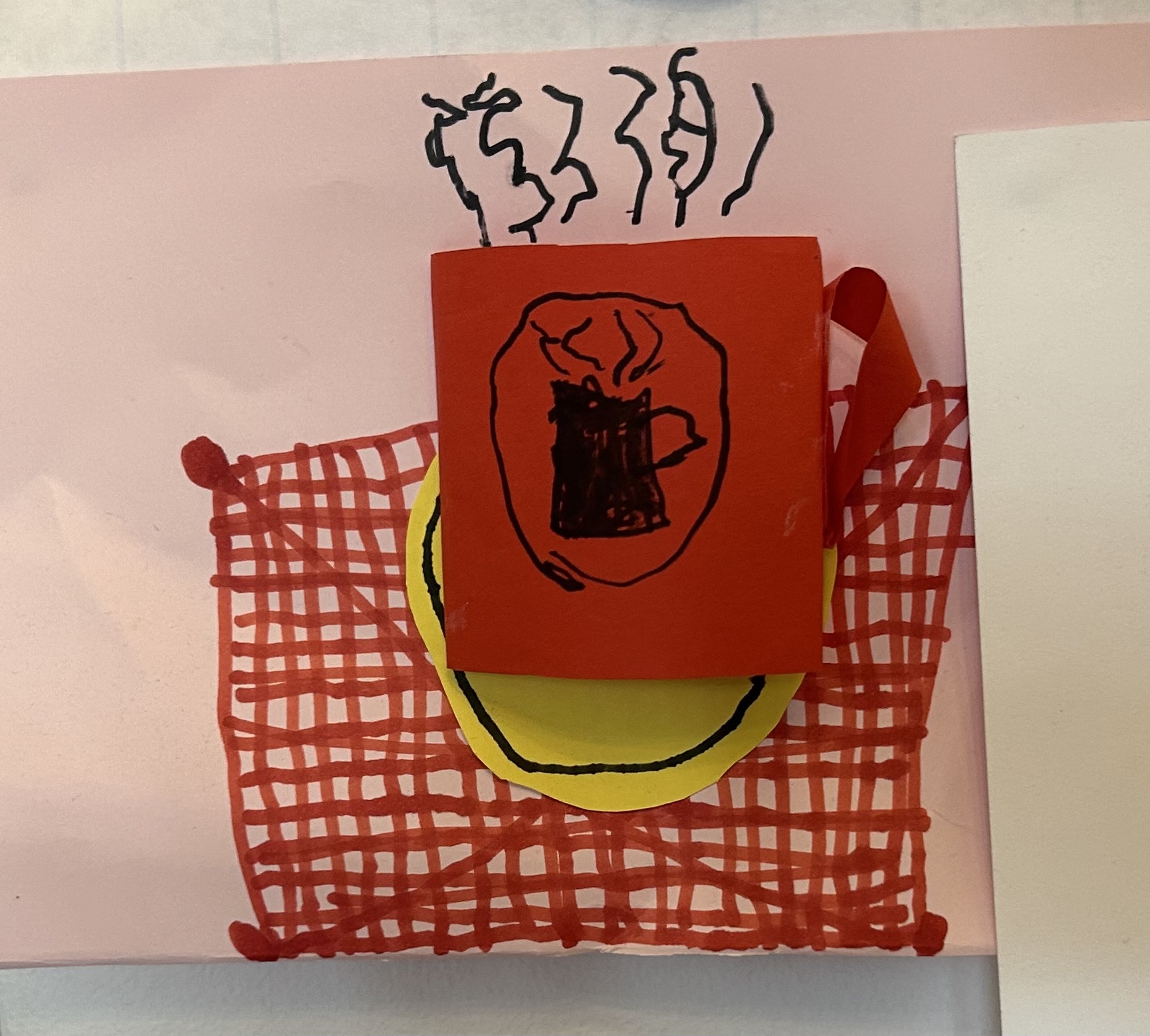
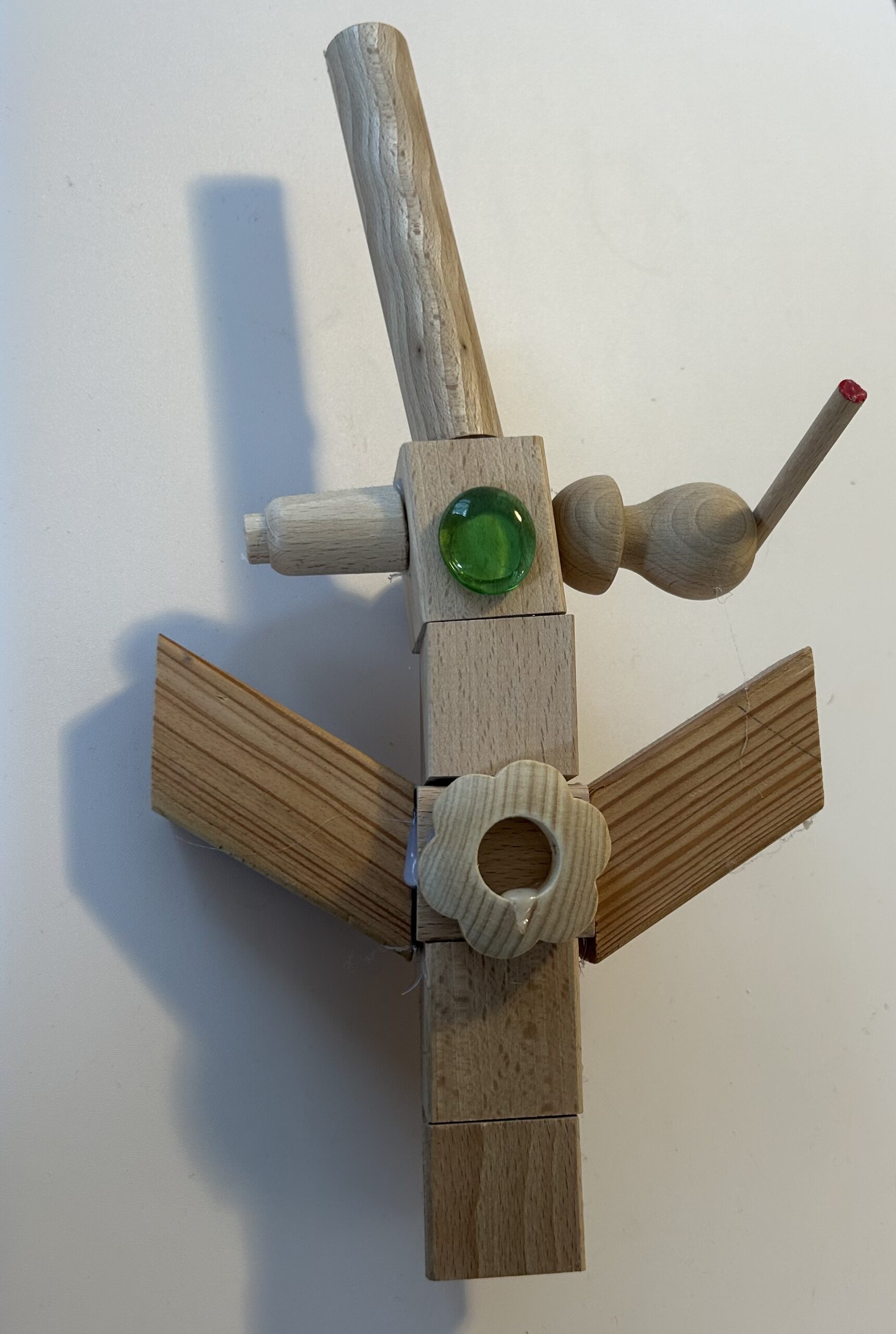
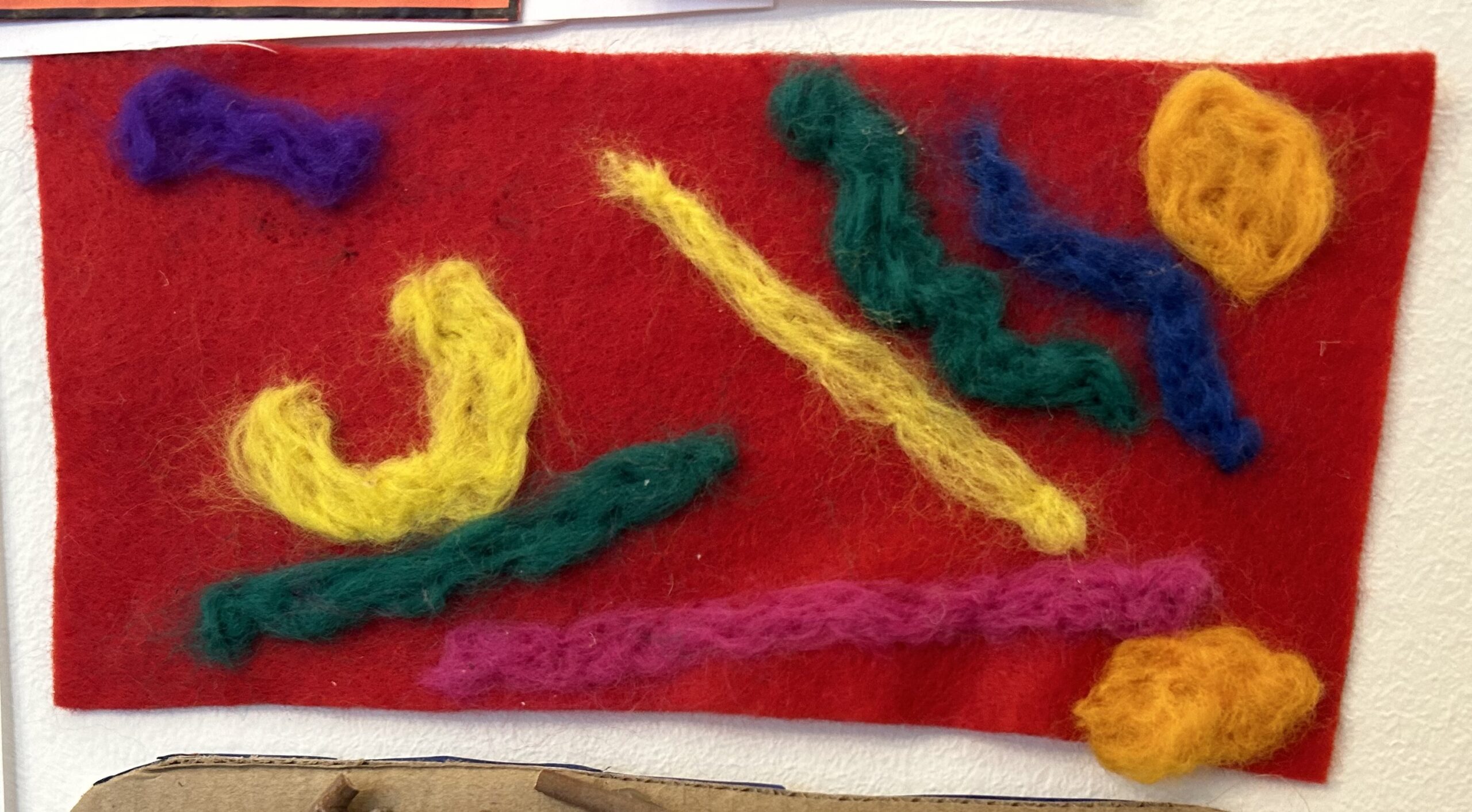
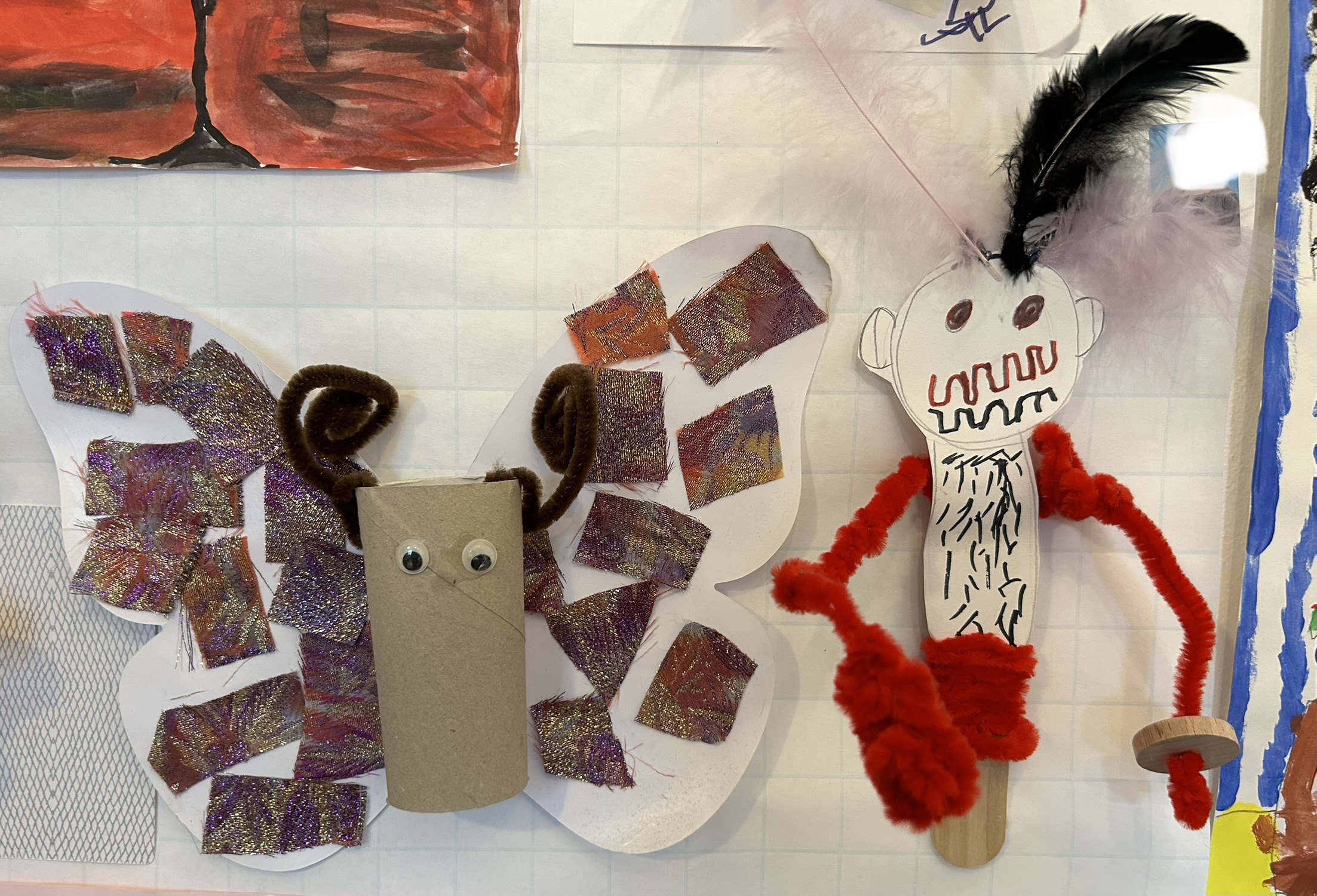
Why is there a Parents Alliance for Inclusion? What’s different from other organizations?
Parents Alliance for Inclusion exists to bring together in alliance all parents of (future, past, current, potential) international school students that are neurodivergent and/or disabled, and our allies that agree neurodivergent and disabled students should be supported well at international schools.
We support and promote the existence of many parent support groups for neurodivergent and disabled learners around the globe from ones at individual schools to global organizations. See “Support Groups (Parents)” in our resource directory. We recommend all Parents Alliance for Inclusion members to consider joining Expat Kids Learning Differently on Facebook as it is a global support group with over 1,000 parents. We recommend all parents consider starting a support group for parents of neurodivergent and disabled children at their school if one does not already exist, SENIA has a kit to support setting up that group for interested families, and Parents Alliance for Inclusion can also support that. (Email us if you cannot find the toolkit.)
We support SENIA, NFI (Next Frontiers Inclusion), ECIS (Education Collaborative for International Schools), Council of International Schools, the International Baccalaureate (IB), and other international school agencies that encourage and support an education future that includes all neurodivergent and disabled learners. We also urge agencies and organizations we support to become better in their policies of including neurodivergent and disabled students when appropriate.
The difference for us is we are here to aggregate our resources and advocate as parents to provide reliable student support services to neurodivergent and disabled students at international schools.
Schools are made up of boards, administrators, educators, support staff, students, and parents. Parents are the largest group of these six groups of people that make up schools. Parents are the economic consumers of school who support schools financially with tuition, donations, taxes, or other community means. Schools do not exist without parents.
International schools exist because they were founded to serve the children of globally mobile parents. We are globally mobile parents and our children merit being served well by the institutions that do not exist without us.
Our advocacy is based on a principle that when all neurodivergent and disabled students are served well at international schools, all students are served better.
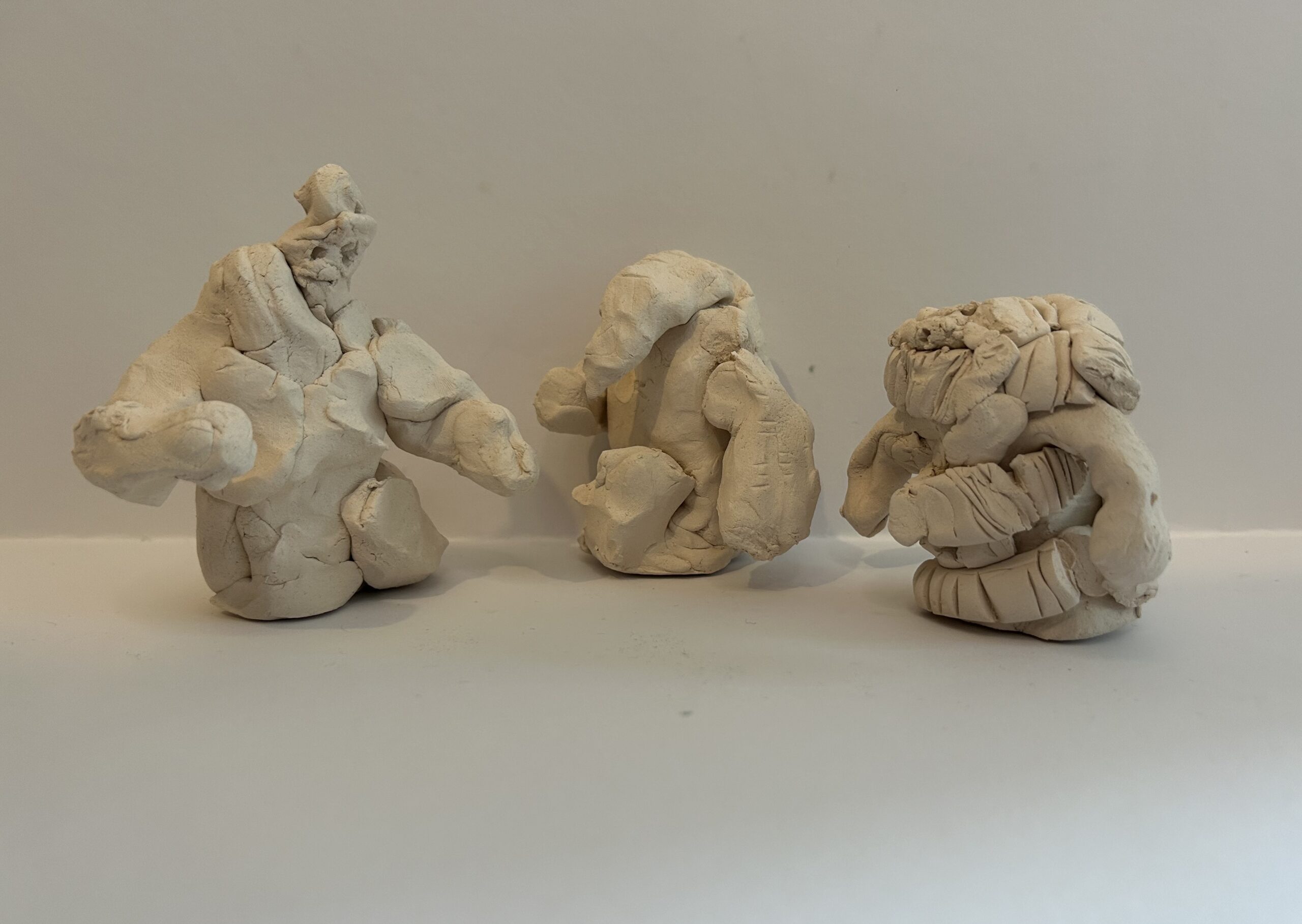
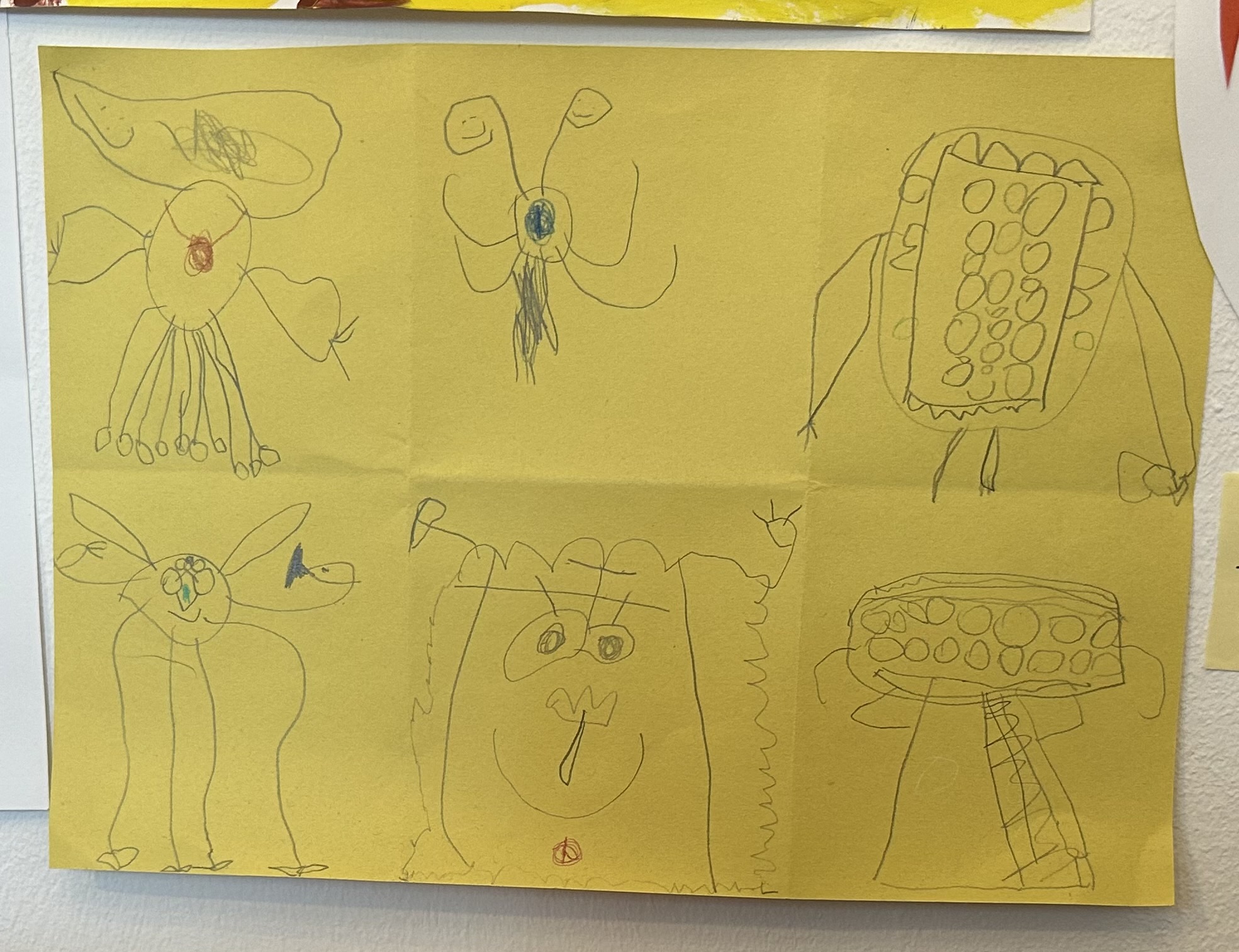
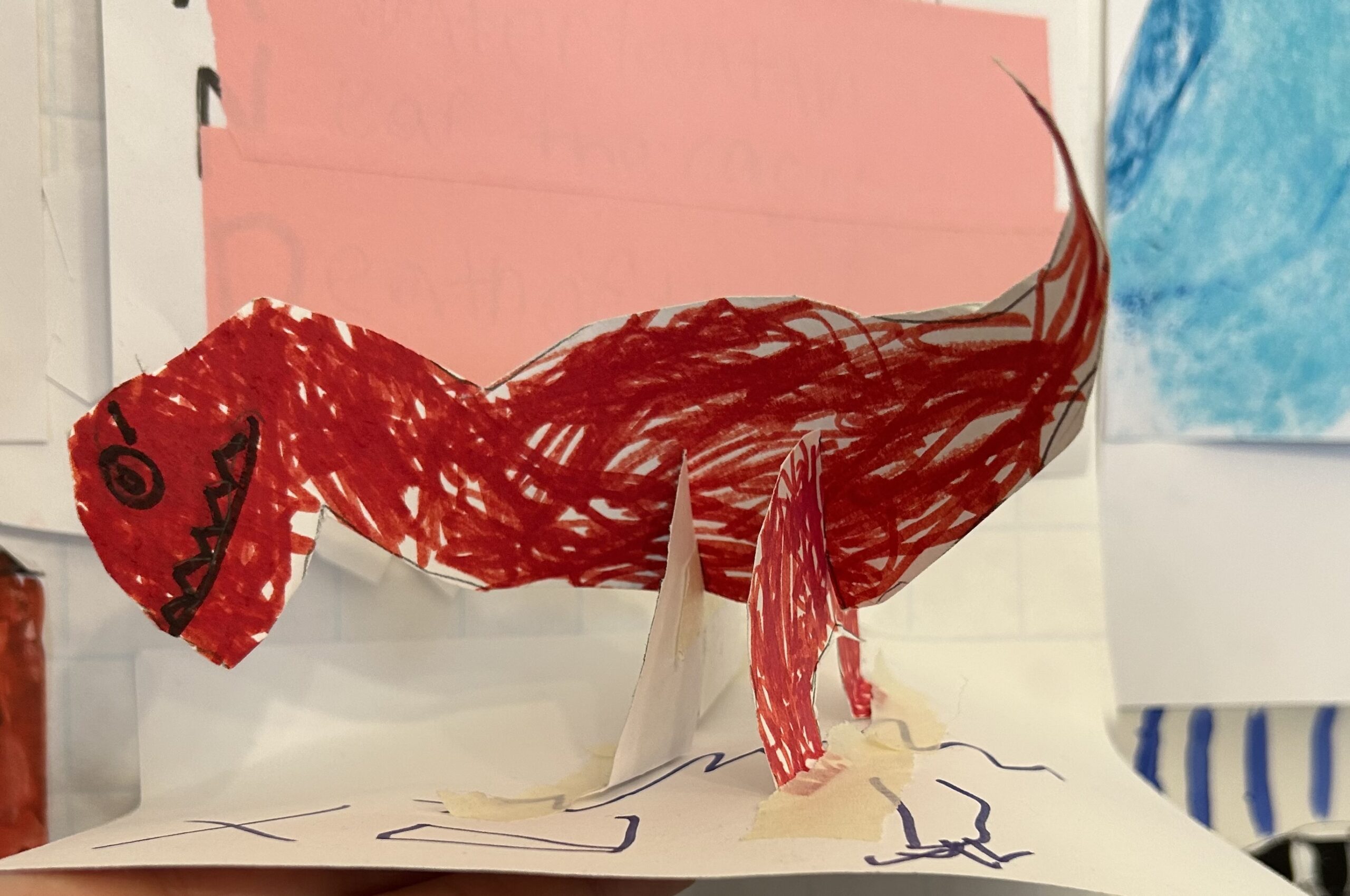
When all neurodivergent and disabled students are served well at international schools, all students are served better?
Yes. This is our “curb cut effect”.
We are collecting “peer reviewed research” in our resource directory to back this up. As we start the site we have articles such as:
“Academic and Social Effects of Inclusion on Students without Disabilities: A Review of the Literature” (Kart & Kart, 2021) that finds there is no measurable negative academic impact on the broader student body when neurodivergent and disabled students are included and supported well at schools.
“How Inclusive Interactive Learning Environments Benefit Students Without Special Needs” (Roldán et al, 2021) that finds there are positive social and emotional learning outcomes for all students when neurodivergent and disabled students are included and supported well at schools.
“The social and economic rationale of inclusive education: An overview of the outcomes in education for diverse groups of students” (Mezzanotte, 2022) that finds there are positive economic benefits to society when neurodivergent and disabled students are included and supported well at schools.
What is peer reviewed research?
Peer reviewed research is official academic research that has rigorously been reviewed by other academic researchers that were not the authors of the research. This validates the research.
Resources, articles, and peer-reviewed research goes into topics that seem beyond the website focus on better student support services for neurodivergent and disabled students. Why?
We believe there are connections and that we need to make the connections to make either our advocacy case stronger, or fulfill our first mission to resource parents well so they can become advocates, or both. Some examples.
Student wellbeing and social-emotional learning is important for school outcomes. It’s part of many school mission and vision statements. It’s a topic school accreditation agencies review. Showing that supporting and including neurodivergent and disabled students at schools well also adds value to wellbeing and social-emotional learning supports our mission.
International schools typically focus on a form of Global Citizenship Education or International Mindedness as part of their school mission statement. International school accreditation agencies check on how schools adhere to these values. Our advocacy asks if the 15 to 20% of the global population that is neurodivergent and disabled students are part of the world of Global Citizenship and/or International Mindedness; or how neurodivergent and disabled students are excluded from that promise of this Global/International education perspective that students at international schools are to receive with their diplomas?
There are resources on your website that I am not comfortable with or do not personally support. Do they need to be here? Why are they here?
All information on Parents Alliance for Inclusion site was useful for at least one parent. We presume information useful for one parent will be useful for another parent. As an inclusive community we recognize that neurodivergence and disability is part of every human community. Thus, there will be resources for the neurodivergent and disabled that represent all human diversity.
What will cause a resource or information to be removed from Parents Alliance for Inclusion?
Resources can be removed if they are found to be false, incorrect, unethical, or scams. Resources that some people like, and other people do not like, will not be removed. We provide resource options for all.
What is the font on your page?
The font is Lexend which was designed to be the most readable font for dyslexic readers. Our goal is for the website to be the most readable possible for all members. We welcome tips on making the site more accessible to all readers.
Why is there a page 2 registration page for Parents Alliance for Inclusion on Jotform? Why was I registered without filling out page 2 of the registration form on Jotform?
Page 2 of our registration form is primarily to collect data from registered members who answer they are a “Parent/guardian/carer or relative of one or more neurodivergent or disabled children” if they opt in to providing this information. Even if you are an ally without any children that fit this profile, we still send you to page 2 on Jotform before we ask any of these questions. We are ensuring that all personal questions about children are not associated with the website-based registration piece (email, screen name, et cetera).
On page 2, there are no questions about contact details because this data is only collected to aggregate as community data.
We ask parents to fill in more questions on page 2 — than parents without children — to have a better idea of who our community is that we advocate for. The form is on Jotform so that we have no data (email, name, etc) tied to the individuals filling out the form. We want a picture of our whole community’s data. We believe each member of our community’s privacy and anonymity is best protected by having the form offsite with these questions on Jotform.
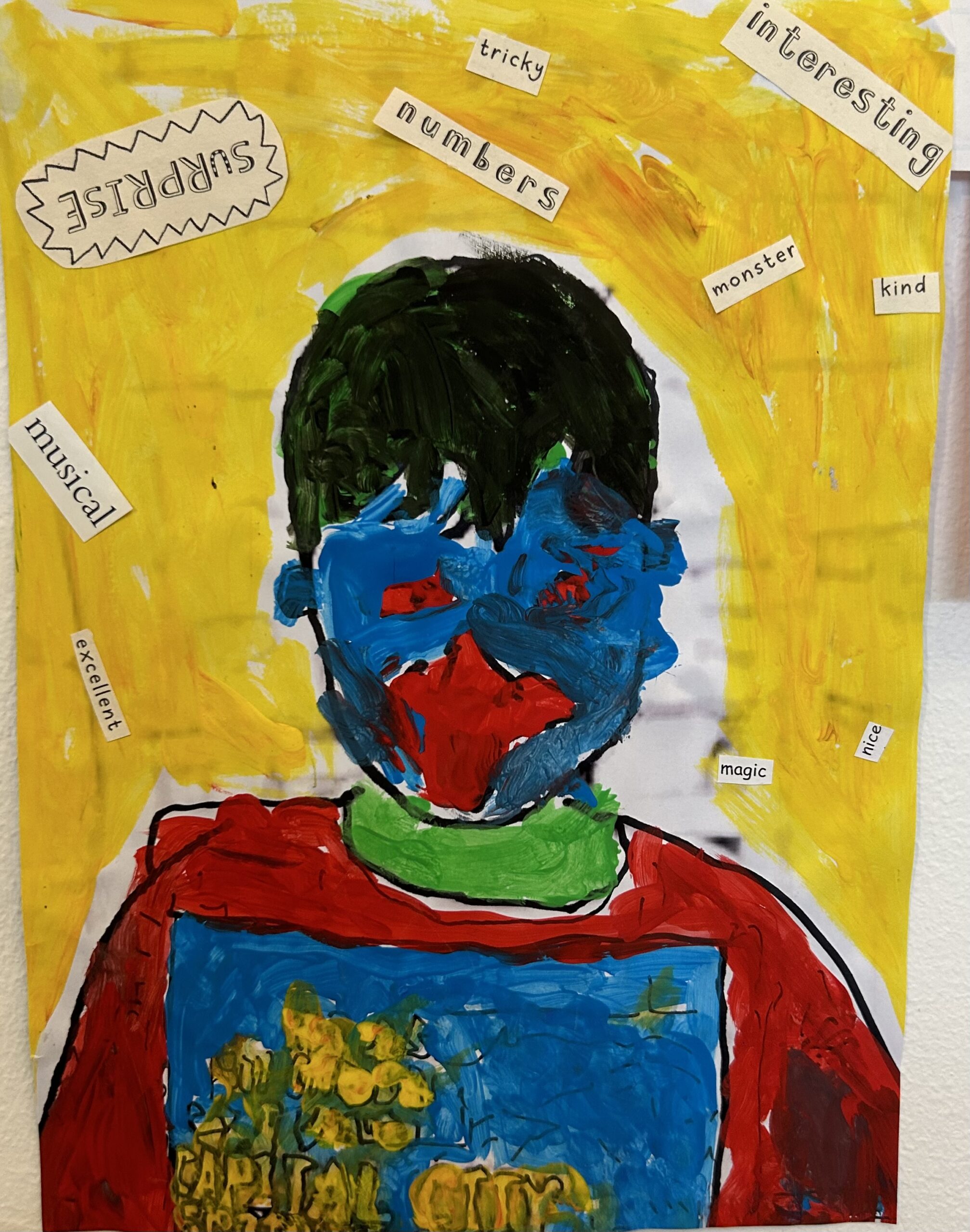
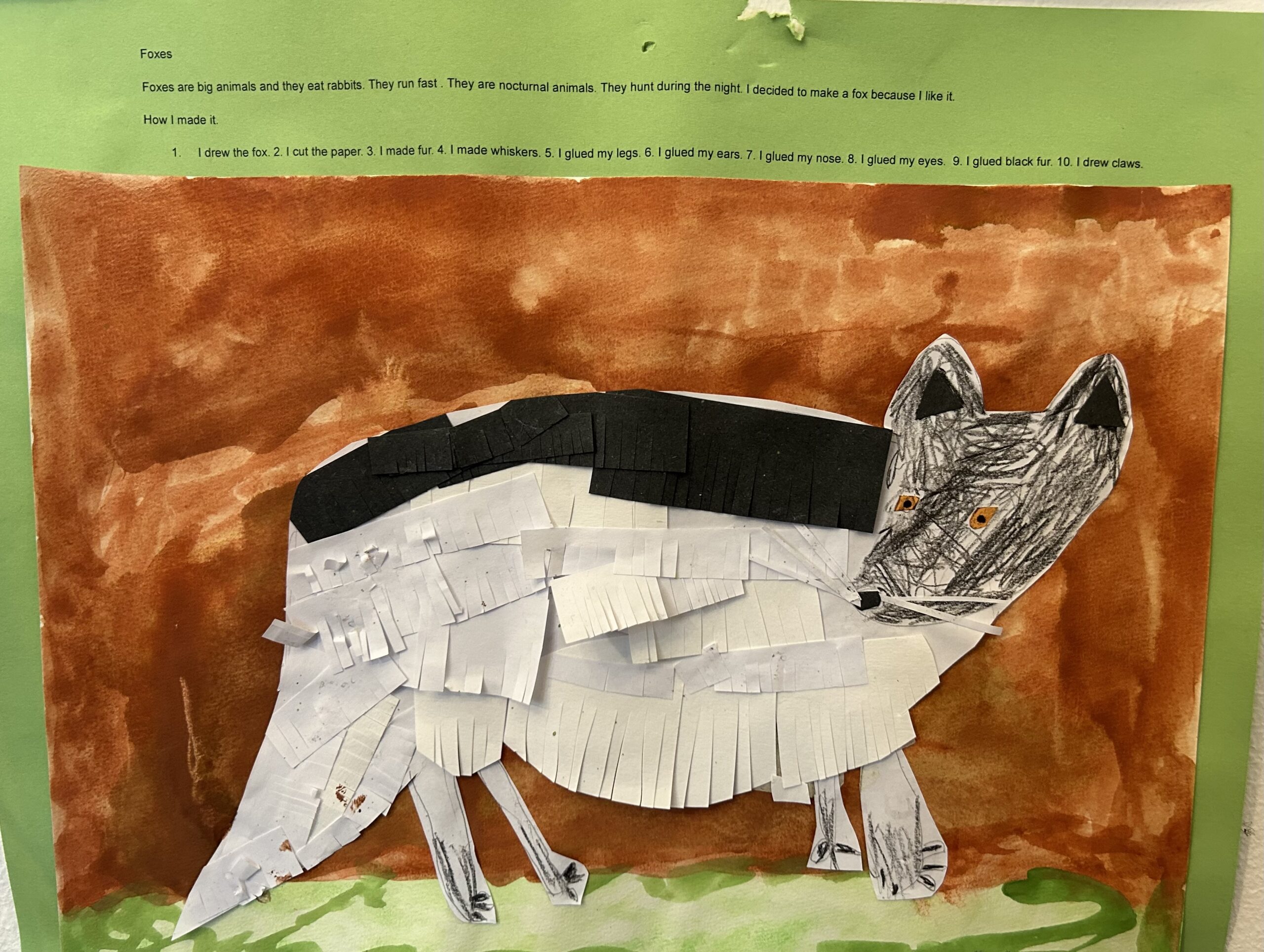
I made a submission that isn’t on the site yet. What’s taking so long for a follow up or for it to be posted?
We are a new website and organization evolving reliable systems. We are evolving systems and work flows. If we are taking time to post your additions, please consider this as a positive sign we have a lot of data to add to the website.
Will Parents Alliance for Inclusion post all information submitted?
No. We do invite disagreement and dialogue. We also do have an agenda to evolve a positive advocacy community. We do have an agenda to maintain and improve the website’s usefulness, search-ability, and messaging. For Community Hub additions we may edit submissions to modify the language to be accessible to our multilingual community (and we welcome suggestions on modifying language posted to be more accessible to all).
How is the artwork on your website connection to the mission and vision of Parents Alliance for Inclusion?
The images that will be seen on our website aside from our logo will be artworks of registered members’ children displayed on our site.
These artworks remind us what parents see in our children and of their capacity to express themselves that the normative-centered world does not always see.
There will be a permission form on our site for community members to add to the variety of art displayed (we are working on vetting this with counsel before posting the page for this). This artwork will be there to demonstrate the capacity of all our children, in all their diversity, at all their ages and stages.
We will welcome all artistic expression (e.g. poetry, sculpture, needlework) that: fit in one picture, do not visibly have a child’s name, and complete a permission form with submission.
Why is your primary social media presence on LinkedIn?
We plan to expand that over time. LinkedIn is the social media space we have evaluated has the most international educators present and engaged in discussions. As we are an advocacy group trying to encourage international educators to expand students support services for neurodivergent and disabled students, we are starting with a focus on our LinkedIn social media profile.
We will evaluate where else we need a presence going forward.
Do you have a Frequently Asked Question (FAQ) that we should add or modify? Send us a message at faciltators@parentsallianceforinclusion.com with the subject FAQ.
